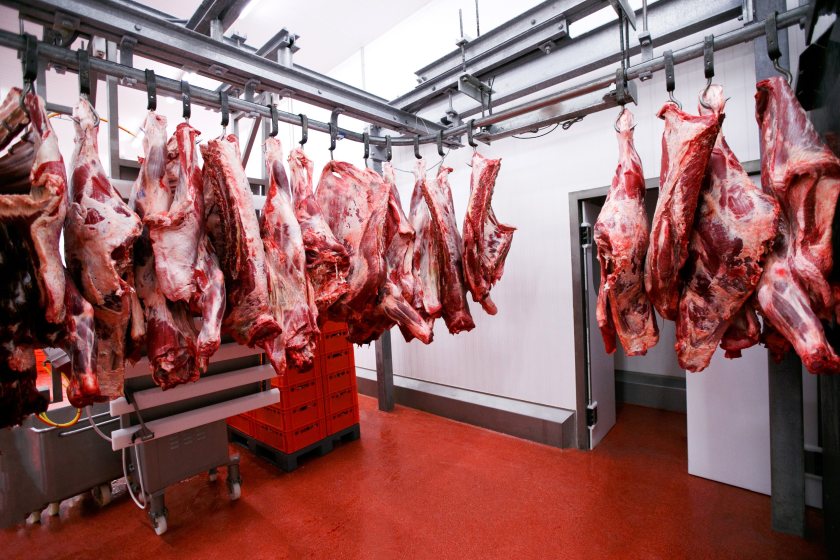
Beef deadweight prices have surged to a new record high, fuelled by strong domestic and international demand and a squeeze on supply.
The £5 per kilo threshold has been breached for the first time, with the England and Wales steer deadweight average hitting 502.8p/kg in the past seven days.
This landmark followed a sequence of nine consecutive weeks of prices edging up to current levels.
They now sit almost 30p above year earlier prices and £1.03 above the five-year average.
A tightening of supply, coupled with strong domestic and global demand, are the main reasons behind the new record high, Hybu Cig Cymru - Meat Promotion Wales (HCC) said.
The red meat levy board added that both seemed likely to continue to support beef prices towards and into 2025.
At the start of 2024, prices were held around the 490p/kg mark for eleven weeks, then dipped below year earlier figures during April, only to recover above year earlier in late June to eventually reach the new high.
According to the EU commission, UK beef prices are currently among the strongest in the world.
Figures published on 19 September suggest EU average beef price stands at 499c, this is 104c lower than the current UK figure and over 2.5 times higher than the current price of Brazilian beef.
Elizabeth Swancott, HCC senior market intelligence officer said: “Defra report UK prime cattle supply up 3% on the year nevertheless beef supply within the global market is tight.
“Irish cattle slaughtering is predicted to fall by 2% in 2024 and beef production in Europe is set to decrease by 2.3% in 2024."
Short-term cattle supply across GB is expected to remain relatively stable. BCMS population data suggests the number of cattle aged 12-30 months may be down just 0.3% year-on-year.
However, looking ahead, the number of cattle in the 0–12-month age bracket is significantly lower, down by 4%, suggesting that future beef supply across GB could be constrained.
Ms Swancott said the market seemed capable of withstanding some small fluctuations in supply as, in the past week, the GB figure of 10,230 head of steers coming forward was some 5% above the same period in 2023.
“Yet this increase in beef on the market is not currently putting pressure on retail demand,” she explained.
“That is borne out by the latest figures from consumer experts Kantar that show an increase in GB beef sales for the twelve-week period ending 4 August, with volume up 3% on the year supporting a 6% increase in total spend.”
"Exports are also performing well. Recently released data by HMRC for the first half of 2024 reveal an 11% uplift for volumes of fresh and frozen beef exported from the UK. “
"This reflects good global demand, despite the uplift in prices making GB beef less price competitive on the global market,” she concluded.
